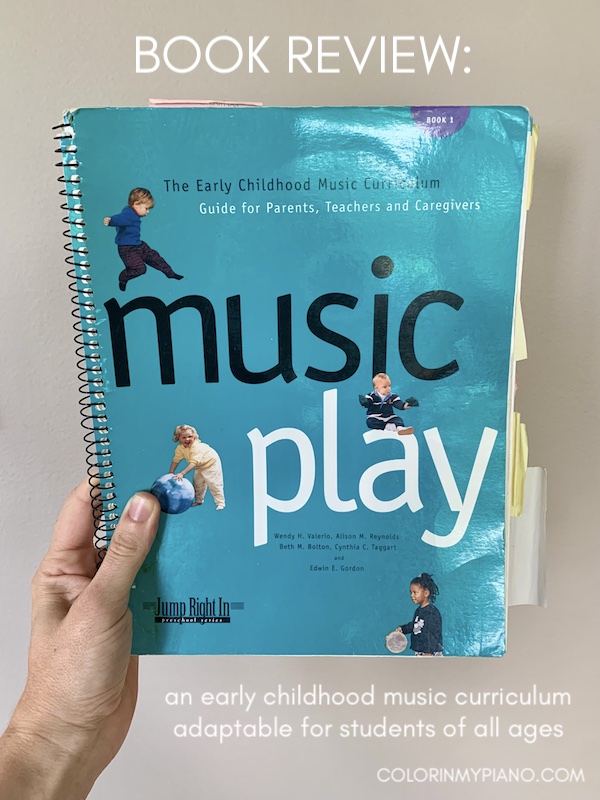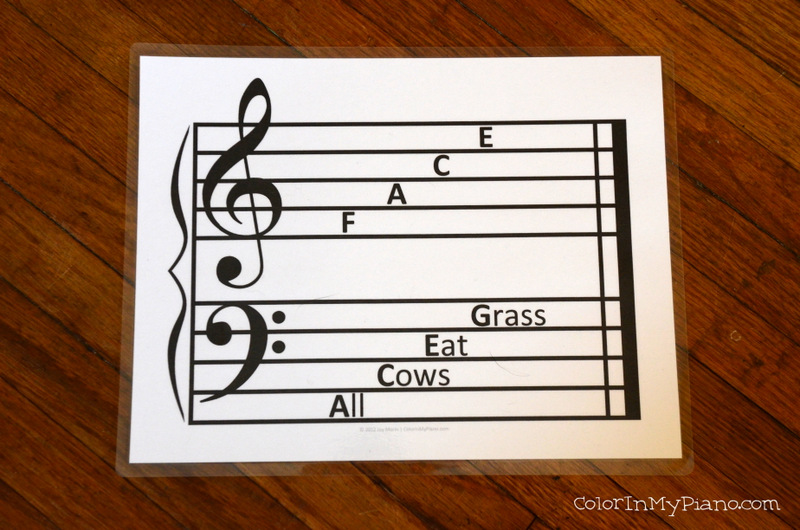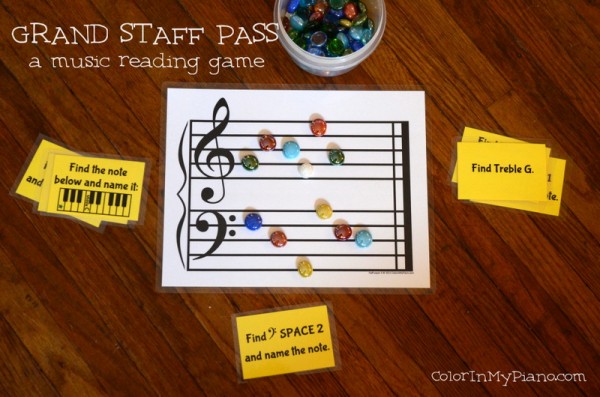Since taking the Piano Certification Course through the Gordon Institute for Music Learning (GIML) last August, I have been slowly but surely working towards integrating Music Learning Theory (MLT) principles into my teaching approach.
Much of this integration is subtle at this point and yet, it is having a definite impact on my students.
I’ve also had the opportunity to experiment more directly with an MLT-based teaching approach in a couple of new group music classes I’ve been offering over the past few months.
The first opportunity arose when one of my piano parents asked if I might consider doing some kind of group music class with her two piano students as well as three of her other children who take lessons in guitar, flute, and violin. She was interested in her kids receiving additional help with rhythm, theory, and more, to support their private lessons. I told her more about the GIML training I received and how I felt it would be ideal for her kids and that I would be thrilled to have the opportunity to experiment more with this approach. So, now I’m teaching a weekly 30-minute group music class (not geared towards piano playing) with 5 siblings between the ages of 7 and 12. Afterwards, I give the two piano students their private lessons.
 The second opportunity arose when a local violin teacher reached out to me asking about lessons for her 4-year-old son. Ultimately, we settled on having a weekly 30-minute group class with her son as well as her two other young children. The five of us are exploring music together using the Music Play early childhood music curriculum as the basis.
The second opportunity arose when a local violin teacher reached out to me asking about lessons for her 4-year-old son. Ultimately, we settled on having a weekly 30-minute group class with her son as well as her two other young children. The five of us are exploring music together using the Music Play early childhood music curriculum as the basis.
So far with both classes, I’ve been loosely following the lesson plan outline that Marilyn Lowe suggests in her Keyboard Games (KG) books (see image below). I’m pulling songs and rhythm chants from her KG books, Music Play, and the ECMC Songs and Chants Without Words, Book One.
Continue reading “Group Class Ventures with Music Learning Theory (MLT)” →






















